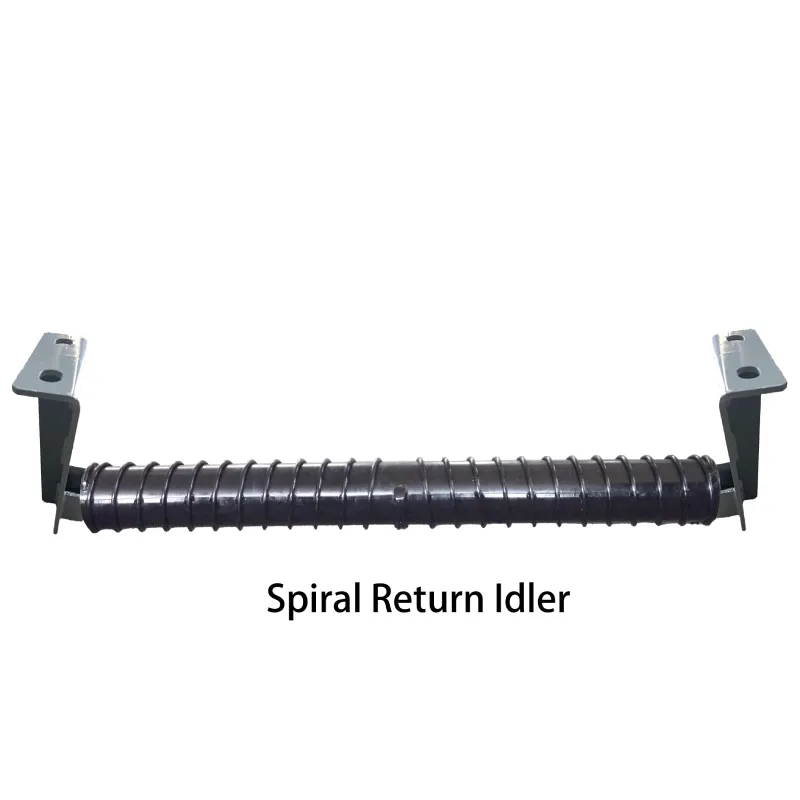 Afrikaans
Afrikaans  Albanian
Albanian  Amharic
Amharic  Arabic
Arabic  Armenian
Armenian  Azerbaijani
Azerbaijani  Basque
Basque  Belarusian
Belarusian  Bengali
Bengali  Bosnian
Bosnian  Bulgarian
Bulgarian  Catalan
Catalan  Cebuano
Cebuano  Corsican
Corsican  Croatian
Croatian  Czech
Czech  Danish
Danish  Dutch
Dutch  English
English  Esperanto
Esperanto  Estonian
Estonian  Finnish
Finnish  French
French  Frisian
Frisian  Galician
Galician  Georgian
Georgian  German
German  Greek
Greek  Gujarati
Gujarati  Haitian Creole
Haitian Creole  hausa
hausa  hawaiian
hawaiian  Hebrew
Hebrew  Hindi
Hindi  Miao
Miao  Hungarian
Hungarian  Icelandic
Icelandic  igbo
igbo  Indonesian
Indonesian  irish
irish  Italian
Italian  Japanese
Japanese  Javanese
Javanese  Kannada
Kannada  kazakh
kazakh  Khmer
Khmer  Rwandese
Rwandese  Korean
Korean  Kurdish
Kurdish  Kyrgyz
Kyrgyz  Lao
Lao  Latin
Latin  Latvian
Latvian  Lithuanian
Lithuanian  Luxembourgish
Luxembourgish  Macedonian
Macedonian  Malgashi
Malgashi  Malay
Malay  Malayalam
Malayalam  Maltese
Maltese  Maori
Maori  Marathi
Marathi  Mongolian
Mongolian  Myanmar
Myanmar  Nepali
Nepali  Norwegian
Norwegian  Norwegian
Norwegian  Occitan
Occitan  Pashto
Pashto  Persian
Persian  Polish
Polish  Portuguese
Portuguese  Punjabi
Punjabi  Romanian
Romanian  Russian
Russian  Samoan
Samoan  Scottish Gaelic
Scottish Gaelic  Serbian
Serbian  Sesotho
Sesotho  Shona
Shona  Sindhi
Sindhi  Sinhala
Sinhala  Slovak
Slovak  Slovenian
Slovenian  Somali
Somali  Spanish
Spanish  Sundanese
Sundanese  Swahili
Swahili  Swedish
Swedish  Tagalog
Tagalog  Tajik
Tajik  Tamil
Tamil  Tatar
Tatar  Telugu
Telugu  Thai
Thai  Turkish
Turkish  Turkmen
Turkmen  Ukrainian
Ukrainian  Urdu
Urdu  Uighur
Uighur  Uzbek
Uzbek  Vietnamese
Vietnamese  Welsh
Welsh  Bantu
Bantu  Yiddish
Yiddish  Yoruba
Yoruba  Zulu
Zulu Belt Conveyor Rollers Available for Purchase at Competitive Prices
The Ultimate Guide to Belt Conveyor Rollers for Sale
Belt conveyor systems are essential in numerous industries, from manufacturing and mining to logistics and food processing. These systems are designed to transport materials efficiently and safely over various distances. One critical component of a belt conveyor system is the conveyor roller. In this article, we will explore the significance of belt conveyor rollers, the types available, and tips for purchasing them.
Understanding Conveyor Rollers
Conveyor rollers are cylindrical components that support the weight of the conveyor belt and the materials being transported. They allow the belt to move smoothly, reducing friction and wear on both the belt and the materials. Rollers can be found in different sections of a conveyor system, including the carrying section, return section, and impact zones.
Types of Conveyor Rollers
1. Carrying Rollers These are the most common type of conveyor rollers, designed to support the load of the material being transported. They are typically located on the upper section of the conveyor belt.
2. Return Rollers Positioned underneath the conveyor system, return rollers are responsible for supporting the belt as it returns to the starting point after unloading the materials.
3. Impact Rollers These rollers are designed to absorb shock during loading, protecting the belt and other components. They are crucial at loading zones where materials are dropped onto the belt.
4. Guide Rollers Used to keep the belt aligned, guide rollers ensure that the conveyor functions correctly and prevent any off-tracking of the belt.
Key Considerations When Purchasing Conveyor Rollers
belt conveyor roller for sale

When searching for conveyor rollers for sale, there are several factors to consider
1. Material Compatibility Conveyor rollers can be made from various materials, including steel, plastic, and rubber. Choose a material that is suitable for the specific application, considering factors like load capacity, environmental conditions, and the nature of the materials being transported.
2. Roller Diameter and Length The size of the roller impacts how effectively it supports the conveyor belt. Consider the width of the conveyor belt and the type of material to determine the appropriate roller diameter and length.
3. Load Capacity Ensure that the rollers you select can handle the weight of the materials being transported. Each type of roller has a different load capacity, so it is crucial to choose one that meets your system's requirements.
4. Sealing and Lubrication Look for rollers with proper sealing to prevent dirt and moisture intrusion, which can lead to premature failure. Additionally, consider whether the rollers come pre-lubricated or require regular maintenance.
5. Cost vs. Quality While it can be tempting to choose the cheapest option, investing in high-quality rollers can save money in the long run. Consider the total cost of ownership, including potential replacement and maintenance costs.
Where to Find Conveyor Rollers for Sale
Conveyor rollers can be sourced from various suppliers, including industrial equipment dealers, online marketplaces, and manufacturers. Conduct thorough research to find reputable suppliers who offer quality products and excellent customer service. Read reviews, check certifications, and request quotes to compare prices and options.
Conclusion
Belt conveyor rollers are a vital component of any conveyor system, influencing its performance and durability. When searching for conveyor rollers for sale, consider the type, material, load capacity, and maintenance requirements to make an informed decision. By investing in quality rollers, you can enhance the efficiency and longevity of your conveyor system, ultimately leading to better productivity in your operations.
-
Revolutionizing Conveyor Reliability with Advanced Rubber Lagging PulleysNewsJul.22,2025
-
Powering Precision and Durability with Expert Manufacturers of Conveyor ComponentsNewsJul.22,2025
-
Optimizing Conveyor Systems with Advanced Conveyor AccessoriesNewsJul.22,2025
-
Maximize Conveyor Efficiency with Quality Conveyor Idler PulleysNewsJul.22,2025
-
Future-Proof Your Conveyor System with High-Performance Polyurethane RollerNewsJul.22,2025
-
Driving Efficiency Forward with Quality Idlers and RollersNewsJul.22,2025





























